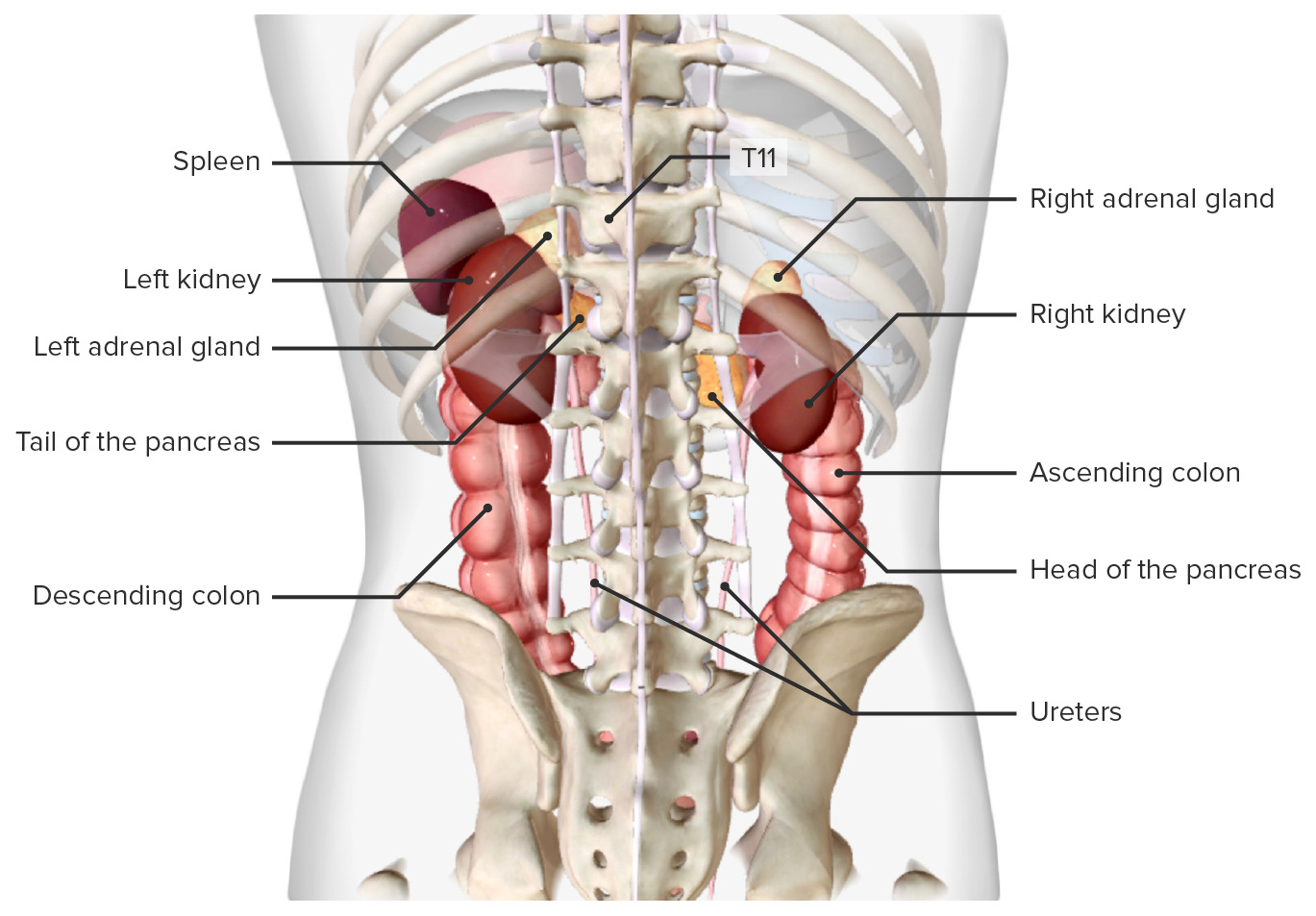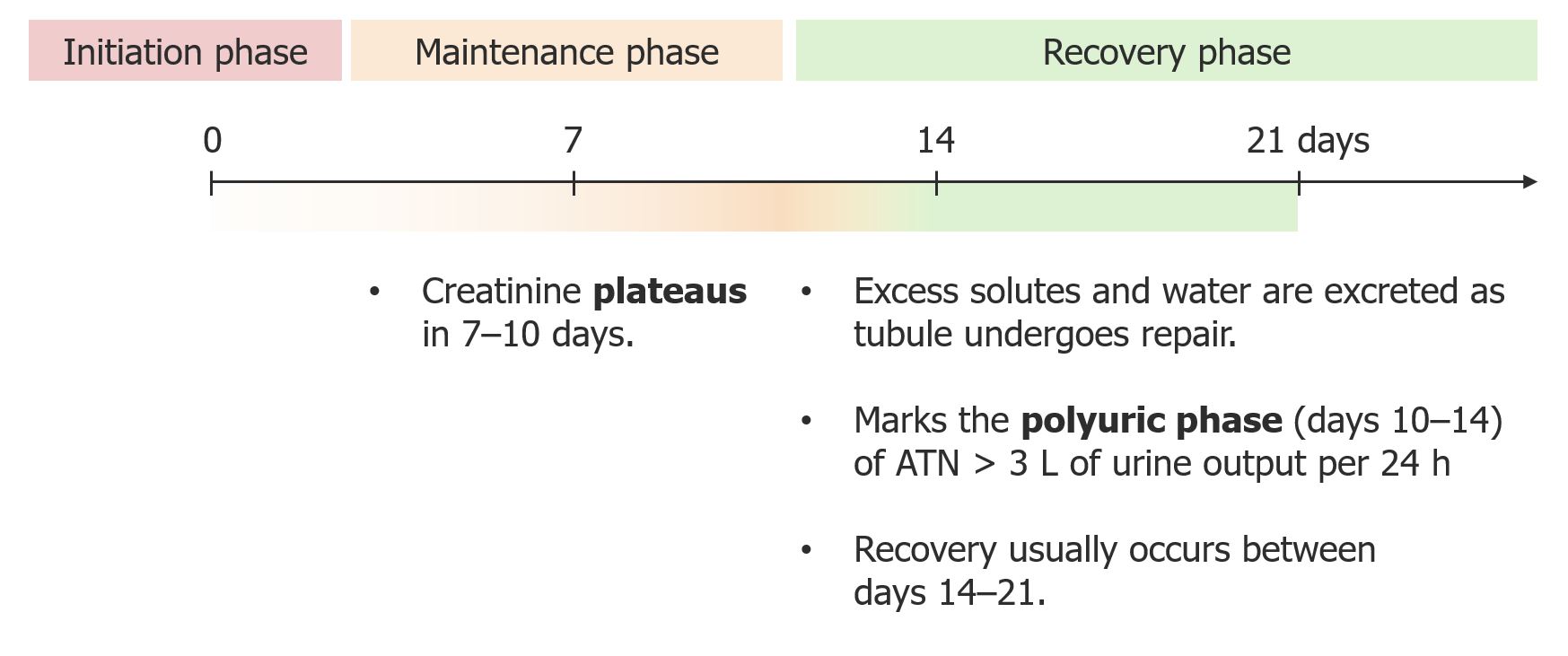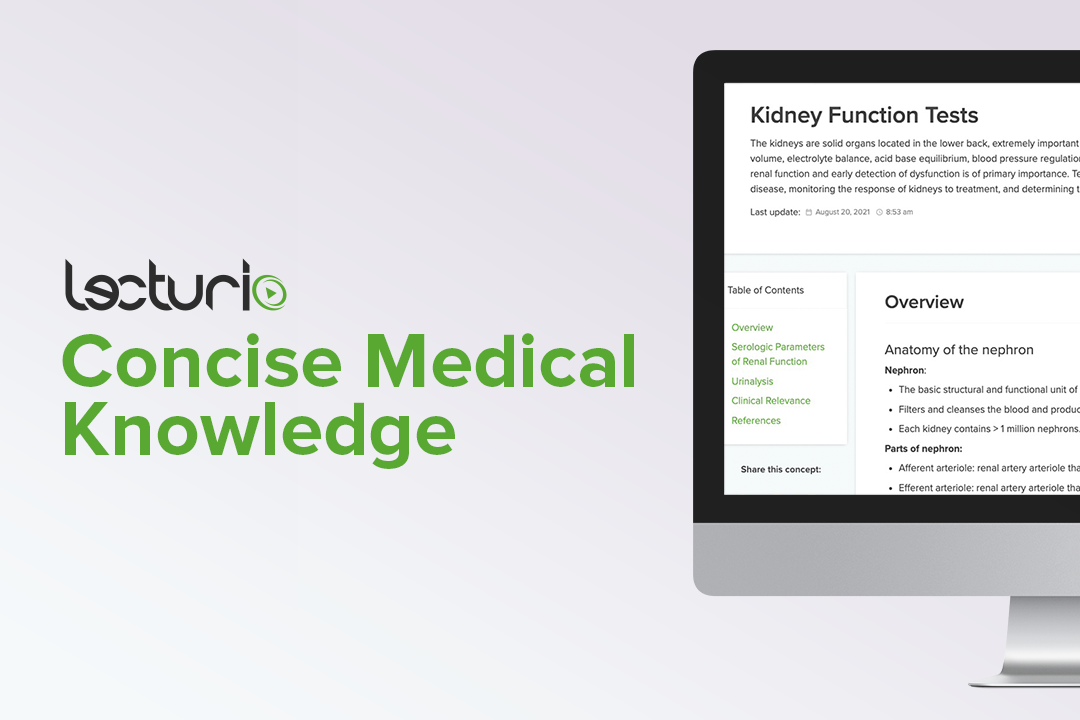Playlist
Show Playlist
Hide Playlist
Acute Kidney Injury (AKI)
-
Slides TubulointerstitialDisease RenalPathology.pdf
-
Reference List Pathology.pdf
-
Download Lecture Overview
00:01 Alright, now, there is a particular topic here and you’ve heard of this before but you’re not maybe quite sure as to when to use it, how to use it, and do you use it every single time? Well, I want to now clarify and elaborate on your usage of azotemia. 00:21 Okay? Azotemia. 00:23 Students tend to get confused with uremia and azotemia. 00:26 Uremia is the clinical manifestations of renal failure and I just gave you metabolic acidosis, hypocalcemia, so on, and so forth. 00:34 Whereas, azotemia is something that you could actually measure. 00:38 Azotemia, you need to think of this as being a disturbance in your BUN/Creatinine. 00:45 Azotemia is a clinically significant increase in the blood urea nitrogen, or BUN Now, what does it mean in terms of disturbance? Let me walk you through the picture so you’re clear about what you’re seeing and the characteristics of two major components. 00:59 The big fat arrow that you see there in red is your blood urea nitrogen. 01:04 That little blue narrow arrow that you see there is referring to creatinine. 01:08 Okay, now, you tell me about the normal properties of your BUN/Creatinine. 01:12 Close your eyes. Both are arriving through the afferent arteriole to the glomerulus. 01:19 Will both of these be filtered? Yes, they both will be filtered. 01:23 Of the two, creatinine and BUN, which is only reabsorbed? Good, blood urea nitrogen, we had a huge discussion, we talked about creatinine why it is never reabsorbed. 01:36 If anything, it is slightly secreted, is that clear? Next, so if you are now reabsorbing BUN, blood urea nitrogen, the ratio is BUN over creatinine. 01:49 Take a look at the right side here. 01:51 You see BUN over creatinine, and this is the ratio that you’re paying attention to. 01:57 It’s an increased ratio, isn’t it? So that increase in ratio, you must then memorize, is greater than 20, maybe perhaps up to 30. 02:05 And what does this indicate to you? This is prerenal azotemia. 02:09 I told you this may lead into kidney damage. 02:13 Would you tell me what one of the most common causes are of acute kidney injury, AKI, or acute renal failure? Ischemia. 02:22 So if there’s decreased cardiac output, doesn’t that mean decreased perfusion? Doesn’t that mean ischemia? Of course, let’s move on. 02:33 So, continuation, let’s say that your patient has decreased cardiac output, maybe hypovolemia, decreased perfusion to the kidney. 02:41 At some point, what’s gonna happen? Oh, there’s going to be a kidney damage. 02:46 So one of the - you’ll see this and you read this, and you might be told this. 02:51 One of the most common causes of renal azotemia which is my topic here is prerenal azotemia. 02:58 So now, say the perfusion as decreased, you have ischemia who’s going to be affected? The tubular epithelial cells. 03:06 You focus on the filtrate please. 03:09 You see that? The filtrate, so acutely, are substances being filtered. 03:15 Sure, they are, but if they are being filtered and the tubular epithelial cells are dead, are you able to properly reabsorb your BUN? No, you’re not.
About the Lecture
The lecture Acute Kidney Injury (AKI) by Carlo Raj, MD is from the course Tubulointerstitial Diseases.
Included Quiz Questions
Which of the following statements about azotemia and the BUN-creatinine ratio is INCORRECT?
- The BUN-creatinine ratio is always elevated in acute kidney injury.
- It refers to the laboratory measurement of blood urea nitrogen.
- It is not useful for diagnosing the disease of only the glomerulus.
- BUN:Cr ratio of 15 is approximately normal.
- It is more helpful for assessing acute kidney injury than chronic kidney failure.
In relation to azotemia, which of the following lab results would indicate a pre-renal etiology?
- BUN:Cr ratio > 20-30
- BUN:Cr ratio 10-20
- BUN:Cr ratio can’t distinguish between pre-renal and intrinsic azotemia.
- BUN:Cr ratio ~ 1
- BUN:Cr ratio <15
Which of the following statements about the renal handling of BUN and creatinine is CORRECT?
- Creatinine is slightly secreted.
- Creatinine is completely reabsorbed.
- BUN is not freely filtered.
- BUN is never reabsorbed.
- BUN is slightly secreted.
Which of the following laboratory results would indicate the intrinsic renal etiology of azotemia?
- BUN: Cr ratio <15
- BUN: Cr ratio >20
- BUN: Cr ratio is the same in prerenal and renal azotemia
- BUN: Cr ratio >30
- BUN: Cr ratio ~ 1
Which of the following statements about renal handling of creatinine is CORRECT?
- Creatinine is not reabsorbed.
- Creatinine is not secreted.
- Creatinine is completely reabsorbed.
- Creatinine is not filtered.
- Creatinine is not excreted.
Which of the following medical conditions is a potential cause of pre-renal azotemia?
- Congestive heart failure
- Kidney stones
- Acute tubular necrosis
- Toxins
- Acute interstitial nephritis
Which of the following is a potential cause of an intrinsic renal failure?
- Ischemia
- Kidney stones
- Cancer
- Benign prostatic hyperplasia
- Congenital anomalies
Customer reviews
5,0 of 5 stars
| 5 Stars |
|
5 |
| 4 Stars |
|
0 |
| 3 Stars |
|
0 |
| 2 Stars |
|
0 |
| 1 Star |
|
0 |






